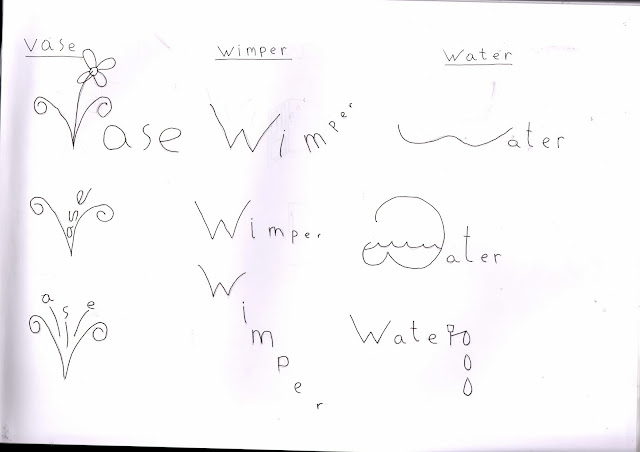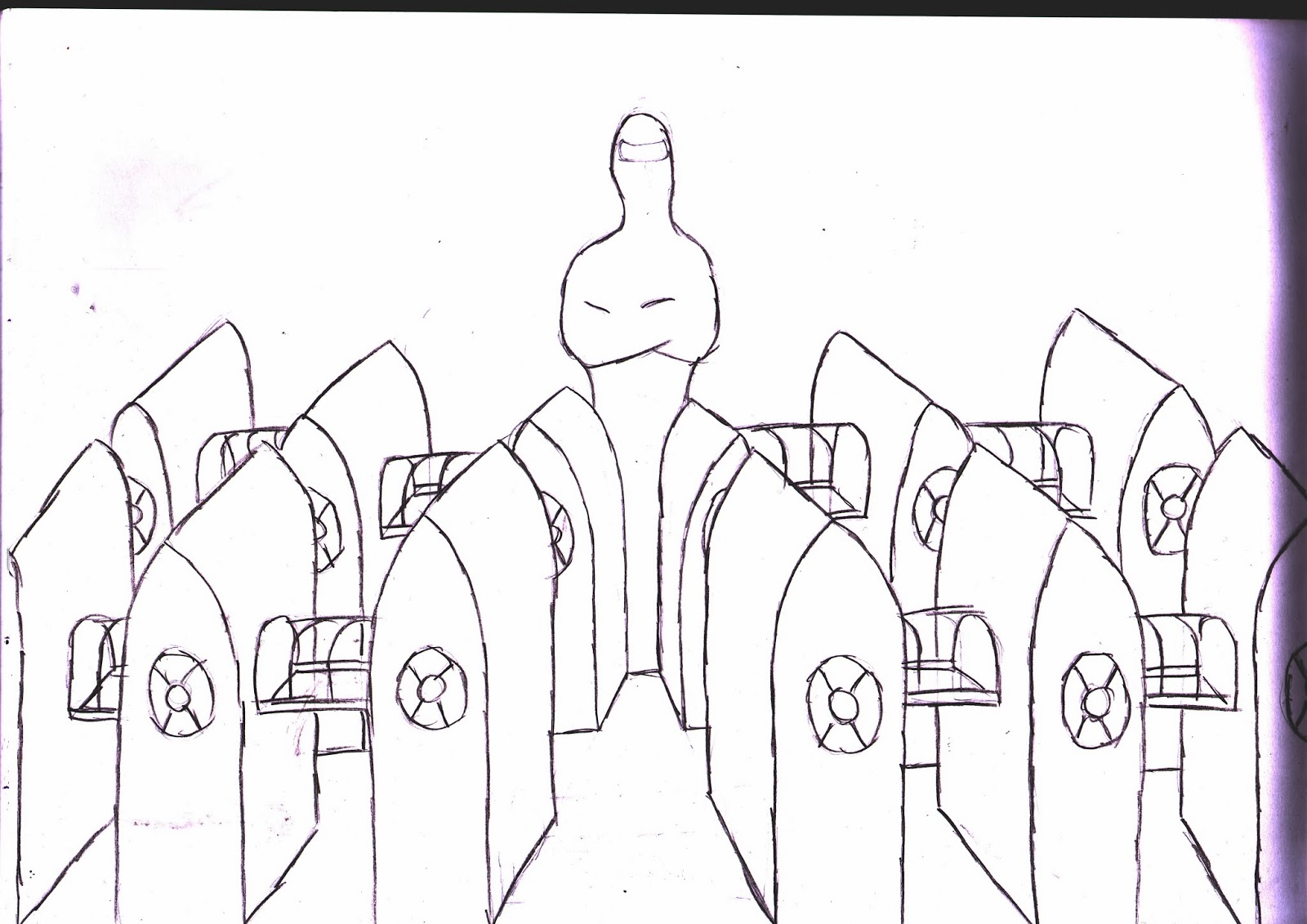Essay
How have artistic movements influenced
games of today?
In this essay I will be discussing the
topic of how over the course of history, artistic movements have helped
influence game design even from the very retro era of gaming history with games
like pong or space invaders.
To aid me in my statement of how artistic
movements have influenced game design I will be using Journey as my exemplary
evidence to games being an art form by talking about how own artist
inspirations to color, drawing style and techniques help to create mood.
I will also want to argue the importance of
future developments into art involvement with games and how it could positively
affect a particular type of audience and run through some negatives of
increased focus with videogames, in terms of lifestyle.
So with all things previously considered,
my main point I want to get through is to show the increasing importance of art
within development of games and how they have influenced or can influence the
current and wider audiences since before, video games were solely targeted
towards young boys and were heavy on action. This of course was the general
rolling theme for many years, however in this current age more dynamic and
varied themes and styles of games have been produced, with rpg (role playing
games) taking an ever increasing popularity over typical first person shooters,
I personally believe the reason behind this surge in this genre is because the
same audience are beginning to warm more to varied environments that are fantasy
based rather than the typical urban warfare environment, and this is due to the
fact of an increase in level of development in terms of art design having more
and more focus in this area. Opening peoples eyes to new moods and feelings
achieved from effective art design.
From this increased focus on development
with art design, games like journey have captured the publics eye due to its
sheer specialty into the art side, opening to a wider audience with tastes
towards art, not just action shooters.
An insight into now, Journeys a game where
its sole purpose is to inspire positive feelings within players due to its
artistic design and how it cleverly creates mood and atmosphere which sparks
something in players, as described by lead artist/producer jenova chen (venturebeat.com)
“The mission statement of
Thatgamecompany, after all these years, is that we want to create timeless
interactive entertainment that makes positive changes to the human psyche. If
our games can help people, that’s the best reward we can get. Hearing that girl
saying the game helped make her life better is all the hard work paying off. This is a clear example
of the dedication to art design and with it comes emotional
reactions/responses.
Looking more into how
artistic techniques now and how they can effect or induce moods or feeling
within people, still taking journey as my example. Within the game it focuses
heavily strong mood colours for instance a strong use of orange or red gives a
warm positive feeling, blue and black give off very cold and almost depressive
atmosphere, feeling lost and finally journey uses white, different from the
lost feeling the use of white gives the feeling of absence of life or vibrancy
and uses this in its end section through the mountain to indicate the final
struggle, jenova chen mentioned about his use of three strong mood colours and
how they were used to show birth, trials and death, here is a quote by him (fastocreate).com)
“When you direct a film
or game, visuals are one of the elements that are very useful to help
communicate an arc of emotion.
Coming to my main
argument now, of the importance of artistic influences within games now. I will run you through the process of firstly how more and more over
the years artistic movements have been ever increasing their influence
throughout games right the way up to present today, specifically going into
Indy companies.
Many have seen video games as just a form
of entertainment like television radio etc, and have never recognized them to
be art forms in their selves, ill explain how over the years games have sought
out a new direction other than just the typical ultra realism action shooter
genre.
The beginning of the gaming scene and a
focus on action (e.g shooters) the audience mainly captivated by this theme
were young boys to teens since its sole focus was on action it was very
specified and not open to other audiences. For a long time it was always the
same, becoming more dreary and mundane with the next, this is why I believe
increased artistic influences have been vital in keeping gaming alive by
opening peoples eyes to new experiences with environment design and innovative
music (not just seeing peoples heads pop), games became more of an escape.
Opening to a wider audience too since it
eliminated most of the specific action genre, and with the ever-growing
concerns for influences on young people and violent themes in game design and
how it can cause anti social behavior or even lead to crime, I believe by
having this increase in attention to artistic influences can change the way it
effects young adults or children by inducing elements which would open them to
various aspects of life, making them more aware of what’s out there.
However one downside I can see in an
increase of artistic influences in games, going back to my original idea of
sense of escape from the real world with a better quality and more extravagant
themes/developments in art design could cause addiction and cause a general
healthy lifestyle to suffer for it.
In a summary I would say over the years
artistic influences has been greatly beneficial to the games industry in terms
of how it has opened it to a wider audience (more profits made) and the
positive effect it can have on people by giving them many different moods to
really connect or either relate to giving them a real sense of escape and
immersion.
And going back to my original stating
argument? I really do believe having a continued effort towards artistic design
would have a positive effect on the whole public and essentially create a new
art form in itself.
Bibliography
-http://venturebeat.com/2013/02/08/an-interview-with-jenova-chen-how-journeys-creator-went-bankrupt-and-won-game-of-the-year/
web link to jenova chens quote
-http://www.fastcocreate.com/1680062/game-designer-jenova-chen-on-the-art-behind-his-journey
web link to a jenova chen quote

























.png)









































